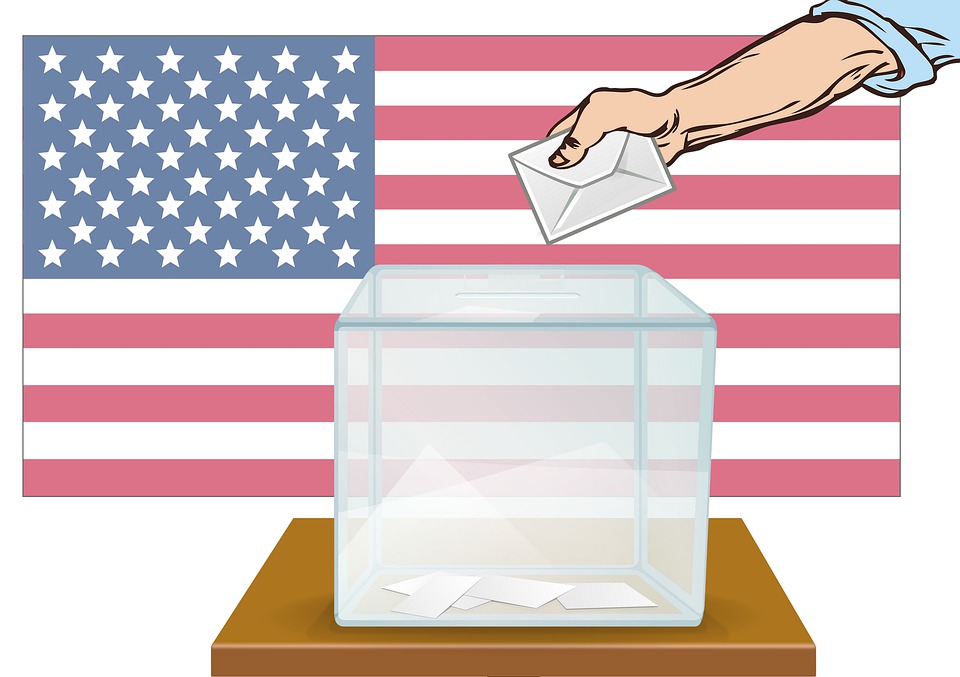Inflation is nothing but price rise, an increase in the rates of goods and services that a consumer buys from the market. Now, this could either be the wholesale market price increase or an increase of price in retail. Without going much into details, let’s underst and the concept in its simplicity.
An essential question that seeks an answer is ‘Is inflation bad’?
Monetary Policy Committee, a recently constituted body to decide on key interest rates, has been h anded over the target of 4 percent inflation with upper tolerance limit of 6 and lower of 2. This means that the agency, in this case, the Reserve Bank of India (RBI), is not at all looking forward to a nil inflation scenario. But why, isn’t inflation a burden on the consumer?
Prices of goods and services are bound to increase with time owing to many factors. The primary among these is the upsurge in the spending capacity of consumers, which outdoes the rise in production of goods hence there are more buyers chasing the same quantity.
And as per the basic economic principle, this gap in the dem and and supply results in the price increase. Spending capacity of buyers, in turn, is motivated by regular increase in their wages and salaries, which is backed by a surge in profits of enterprises. This cycle is continuous; hence inflation is bound to make its presence felt in any economy, irrespective of its location (developing or developed) or form (market or planned).
In the latest monetary policy review by the RBI, rates were kept unchanged although experts argued that the inflation at its record low of 2.99 percent should have encouraged the central bank to ease monetary policy, which would have brought down interest rates, increased credit flow, and liquidity and subsequently spurred economic growth.
It can be noted here that that inflation growth rate of 2.99% in April 2017 was termed as ‘low’ by most analysts. This boils down to the fact that inflation is part and parcel of any economy and the only aim should be to keep it within tolerable limits.
Now the question, why is inflation necessary?
A moderate and sustainable increase in price is desirable so that wages can escalate to compensate for such a rise. Wages are backed by the profitability of companies, and this comes from increased economic activity. Hence is the logic that if prices will remain constant or increase at a low pace, it is a clear indication that the economy isn’t growing, so are jobs and living st andards. The worst is when this pushes the economy into recession.
A runaway inflation, on the other h and, is also bad as it means that the supply of goods and services has squeezed so much that a buyer will have to part with a substantial part of his income to buy even basic necessities. This again means economic activity has stagnated and spending capacity of consumers is deteriorating, thus making the economy sick.
A prudent policy is, for that reason, one that chases a specified target for inflation with an agency designated to watch and come into play whenever the upper and lower limits are breached.
Cursing even a moderate and acceptable rise in price is thus nothing but being unintelligent, ill-informed.


























